Understand correctly and act early in reducing greenhouse gas emissions
Climate change (CC) is deeply affecting all areas of life, in which agriculture is both a victim and a significant source of greenhouse gas (GHG) emissions.
Presenting a paper at the training session to improve the capacity of press communication on carbon neutrality held in Cua Lo ward, Nghe An province on October 15, 2025, Associate Professor, Dr. Mai Van Trinh - Director of the Institute of Agricultural Environment emphasized that identifying, measuring and managing GHG emissions is an inevitable requirement if Vietnam wants to move towards green, sustainable agriculture and deep international integration.
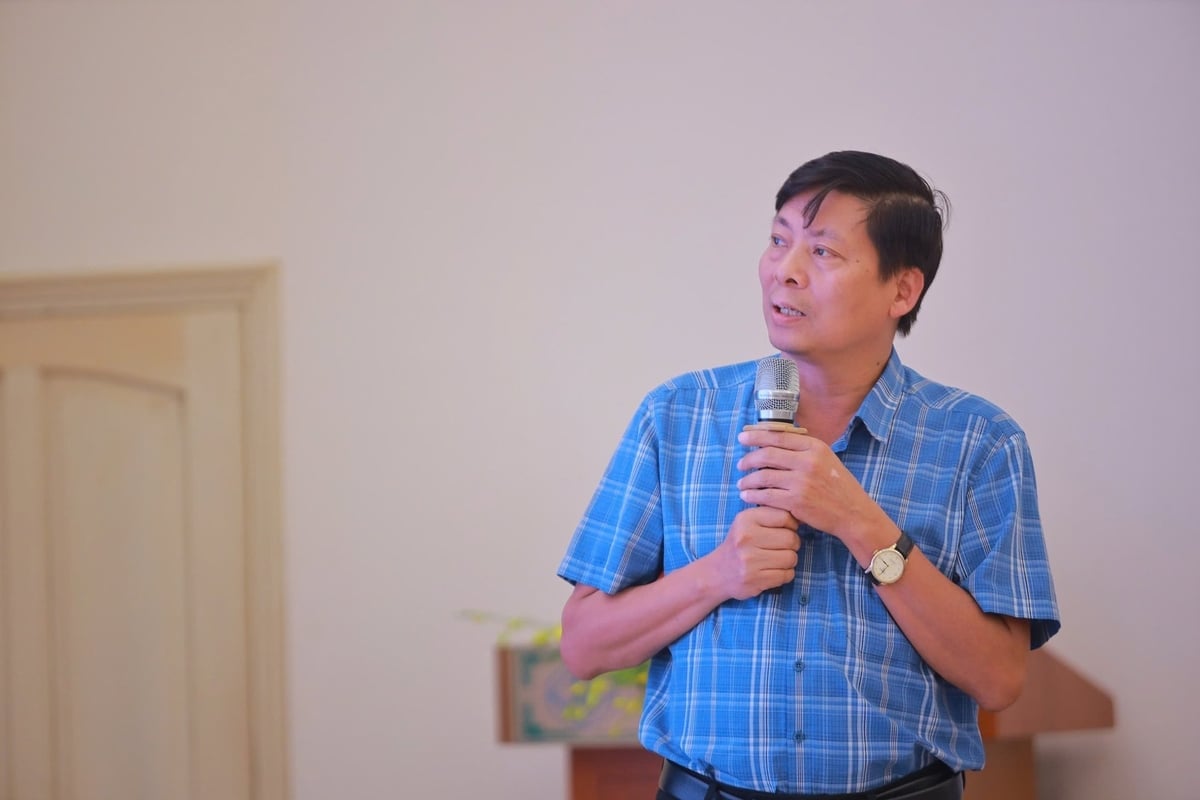
Associate Professor, Dr. Mai Van Trinh presented a paper at the Conference. Photo: Ngoc Linh.
In Vietnam, six national GHG inventories have been conducted, demonstrating the Government ’s commitment to transparency in emissions data and meeting its international obligations on climate change response. Agriculture accounts for a large proportion of total national emissions, mainly from rice cultivation, livestock and fertilizer use. Major gases include CO₂ from fuel combustion, CH₄ from rice fields and rumen digestion, and N₂O from nitrogen fertilization and organic matter.
Greenhouse gas emissions not only affect the environment but also directly affect the productivity, quality and reputation of Vietnamese agricultural products in international trade. Major partners such as the EU, Japan and the United States have set carbon standards as technical barriers. “If we do not proactively control them, Vietnamese agriculture will lose opportunities in the global supply chain,” Associate Professor Dr. Mai Van Trinh affirmed.
To reduce emissions, specific solutions in rice cultivation have been researched and applied by the Institute of Agricultural Environment such as: adjusting water regime (alternating wet and dry irrigation), applying organic fertilizers appropriately, and utilizing straw for compost or biochar production instead of burning it. Each solution effectively reduces CH₄ gas by 30-55%, while improving soil fertility and reducing production costs.
A promising direction is to apply a circular economy model in rice production, through which post-harvest straw is recycled into raw materials for mushroom cultivation, organic fertilizer or biochar. The “CARICE” (Circular in Rice Production) model developed by Associate Professor Dr. Mai Van Trinh’s group has demonstrated the ability to reduce emissions by up to 40% compared to traditional farming methods.
Carbon measurement, reporting and markets - the foundation of modern emissions governance
According to Associate Professor Dr. Mai Van Trinh, emission measurement and reporting (MRV – Measurement, Reporting, Verification) is not only a technical requirement but also the “backbone” of modern carbon management. GHG emission measurement is currently carried out according to three groups of methods: direct measurement, calculation according to IPCC guidelines, and modeling.
Direct measurement methods are implemented right in the field through gas collection chambers, automatic devices or sensor systems to monitor CO₂, CH₄ and N₂O emissions. This is the basis for establishing national emission coefficients, serving large-scale calculations. Along with that, climate - soil - crop simulation models help forecast emissions in each farming scenario, ecological region and different climate conditions.
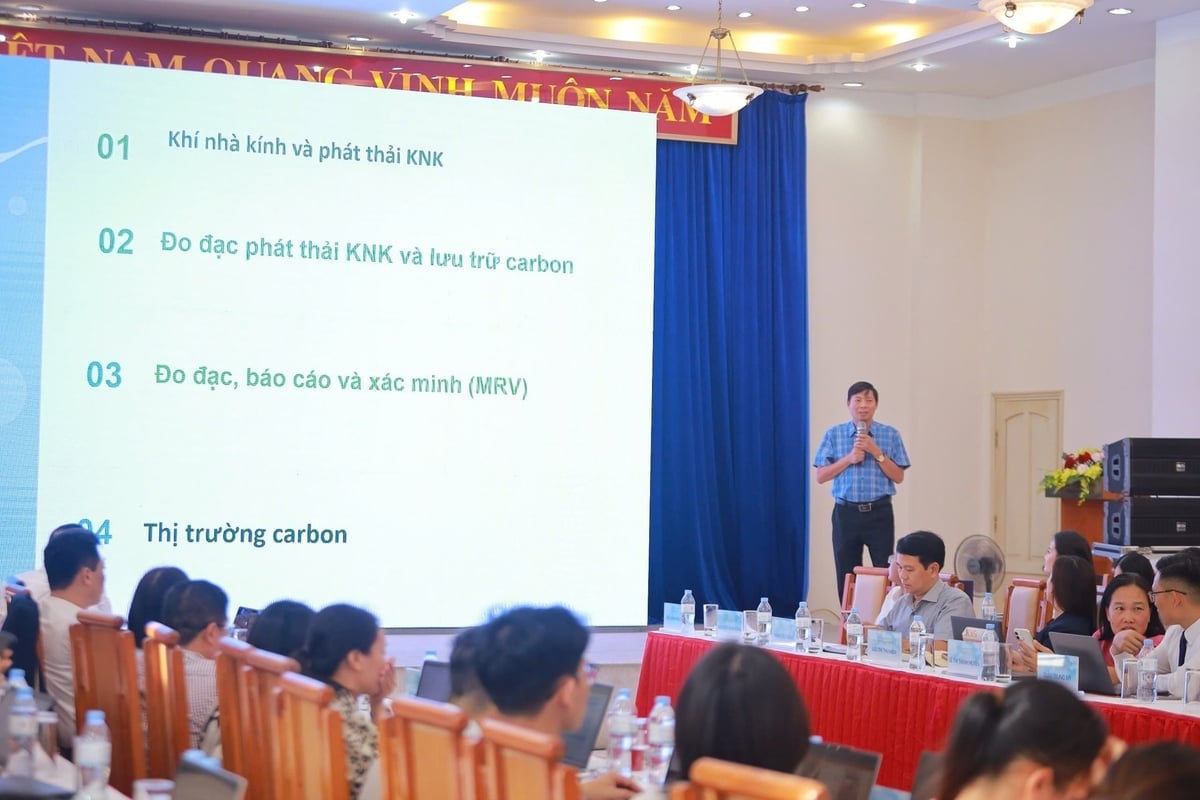
Associate Professor Dr. Mai Van Trinh presented clearly many contents related to measuring greenhouse gas emissions and carbon storage. Photo: Ngoc Linh.
In the forestry sector, the “Gain-Loss” method is applied to calculate the amount of carbon absorbed and lost. When forests are protected, restored or newly planted, the amount of carbon accumulated in tree biomass and soil will increase; conversely, deforestation or forest fires will cause strong emissions. This is the scientific basis for building forestry carbon credits - a new economic resource for rural areas.
Associate Professor Dr. Mai Van Trinh emphasized that 2025 marks an important turning point when the Government approved the Project to establish a domestic carbon market according to Decision 232/QD-TTg. The period 2025-2028 will be a pilot period, aiming to officially operate the carbon trading floor from 2029. This market allows organizations and businesses to exchange and buy and sell "carbon credits" - a unit converted equivalent to 1 ton of CO₂ emissions reduction.
In addition, Decree 119/2025/ND-CP has just been issued, supplementing and perfecting the legal framework of Decree 06/2022/ND-CP, creating a substantive operational corridor for Vietnam's carbon market. The Decree clearly stipulates the responsibilities of ministries, branches, localities and enterprises in inventorying and reporting emissions, while encouraging voluntary and innovative models in reducing emissions and carbon absorption.
According to Associate Professor Dr. Mai Van Trinh, "if MRV is done well and the carbon market is participated in, Vietnamese agriculture will not only contribute to the implementation of the Net Zero commitment by 2050, but also open up new sources of income from carbon credits, helping farmers and businesses have more motivation to invest in green production."
Towards low-carbon agriculture
The speech of Associate Professor Dr. Mai Van Trinh at the training session on enhancing the capacity of press communication on carbon neutrality held in Cua Lo ward, Nghe An province on October 15, 2025 is not only academic but also suggests a specific direction for Vietnamese agriculture in the new period. From research, measurement to policy, all aim at the common goal: reducing emissions - increasing absorption - sustainable development.
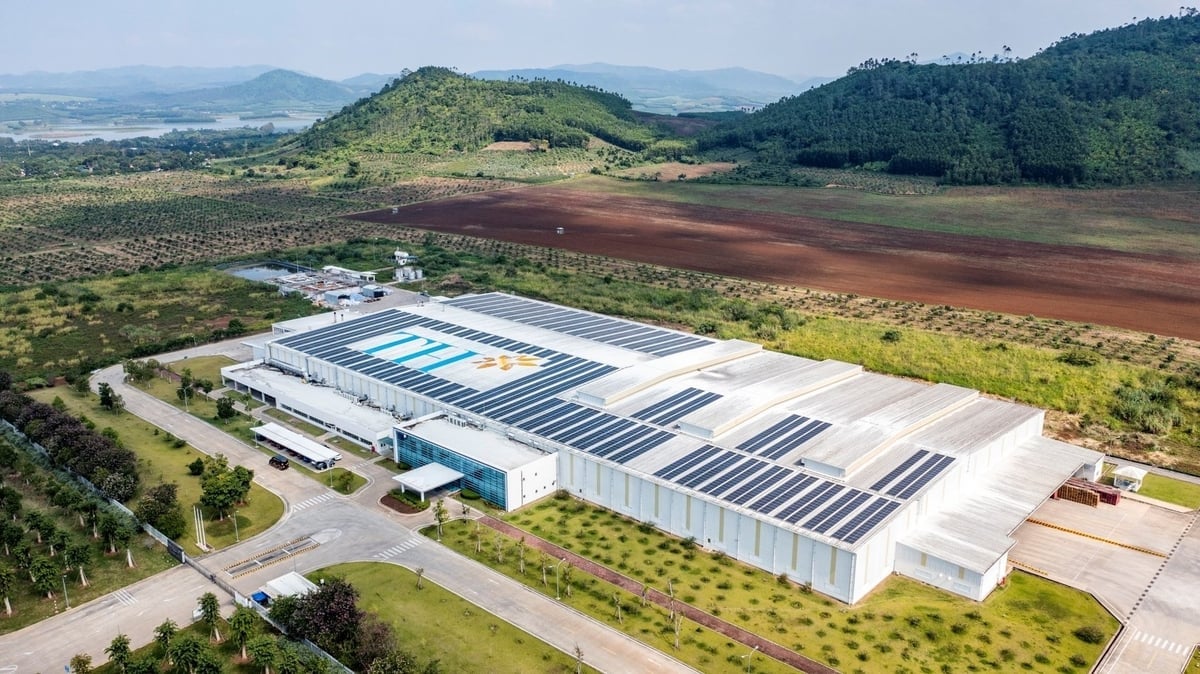
Vietnam's agriculture is moving towards low-carbon agriculture. Photo: TH True milk.
As carbon becomes a measurable and tradable “asset”, Vietnam’s agriculture needs to rapidly transform. Investing in emission measurement technology, circularity models, and internationally standardized MRV will be key for Vietnam to assert its position in the global green economy.
On October 15-16, Agriculture and Environment Newspaper coordinated with TH Group to organize a training course on "Improving press communication capacity on carbon neutrality" in Nghe An.
Attending the opening session of the training program were Mr. Nguyen Nhu Khoi, Vice Chairman of Nghe An Provincial People's Council; Mr. Nguyen Tuan Quang, Deputy Director of the Department of Climate Change; Mr. Nguyen Danh Hung, Deputy Director of Nghe An Department of Agriculture and Environment; Associate Professor, Dr. Mai Van Trinh, Director of the Institute of Agricultural Environment, Mr. Phan Van Thang, Deputy Editor-in-Chief of Nghe An Newspaper and Radio and Television; representatives of TH Group along with delegates, speakers and 40 journalists, reporters and editors from central and local press agencies.
Source: https://nongnghiepmoitruong.vn/buoc-di-chien-luoc-cho-nong-nghiep-ben-vung-tu-luu-tru-cacrbon-do-phat-thai-d778956.html



![[Photo] President Luong Cuong attends the 50th Anniversary of Laos National Day](/_next/image?url=https%3A%2F%2Fvphoto.vietnam.vn%2Fthumb%2F1200x675%2Fvietnam%2Fresource%2FIMAGE%2F2025%2F11%2F27%2F1764225638930_ndo_br_1-jpg.webp&w=3840&q=75)






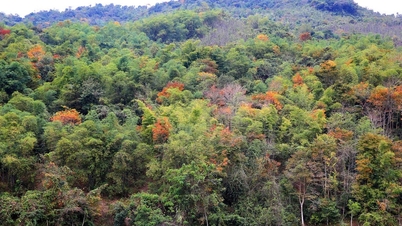

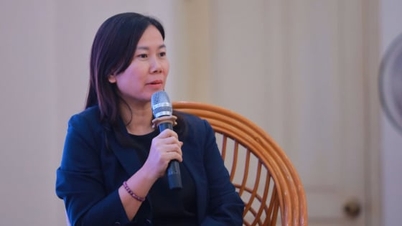
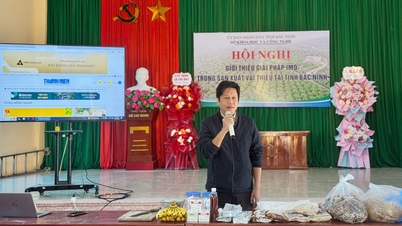

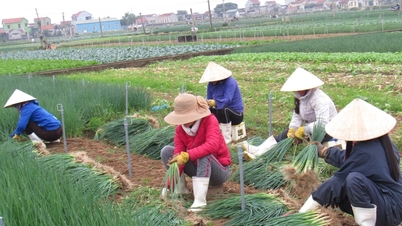





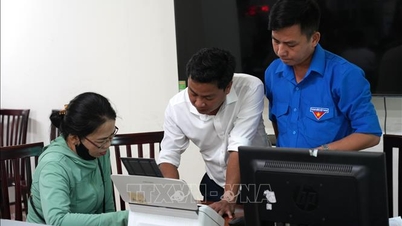
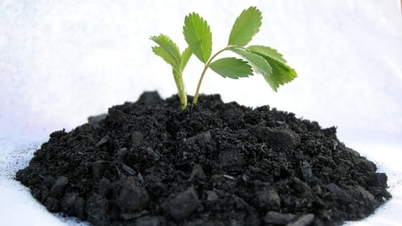
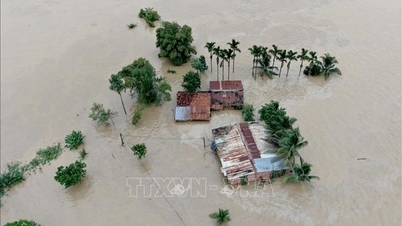




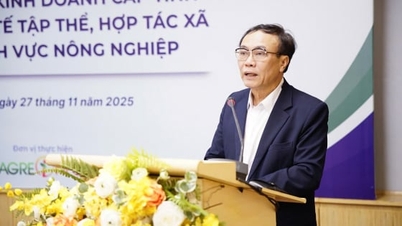
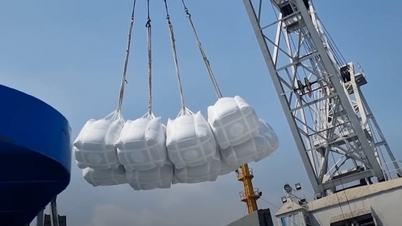
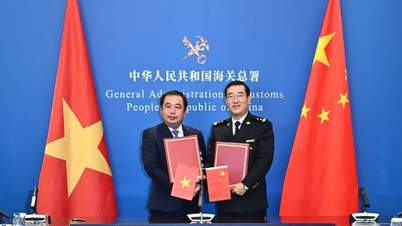
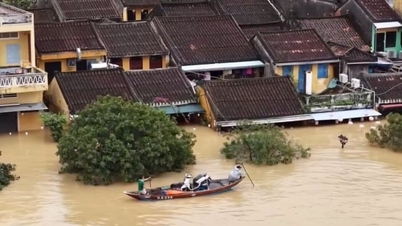
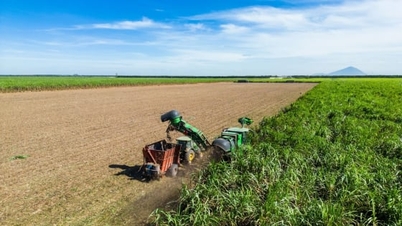
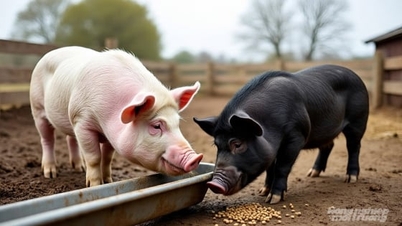





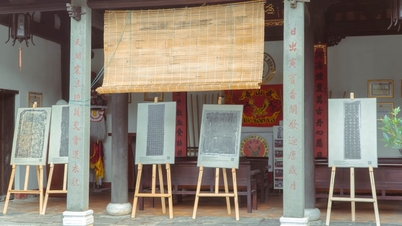
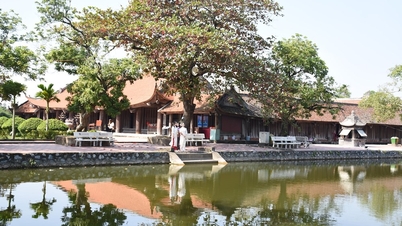


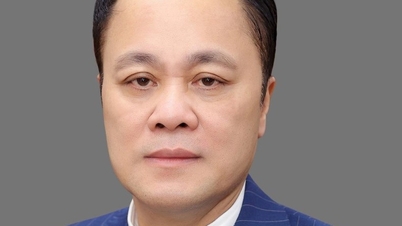

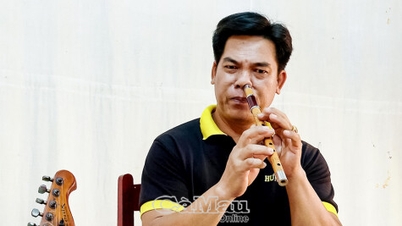



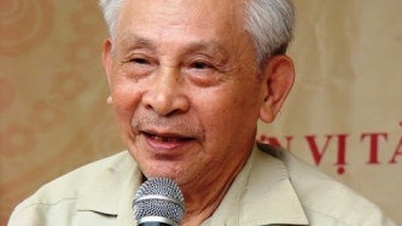

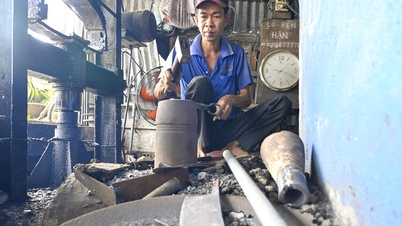






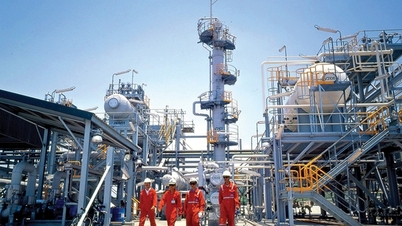


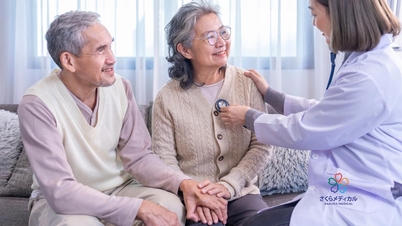
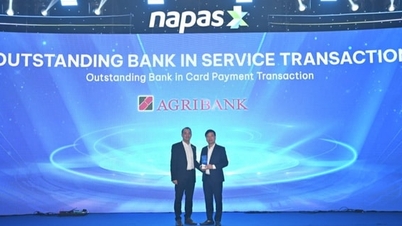







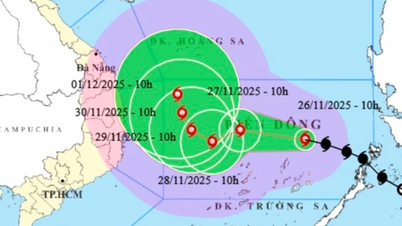
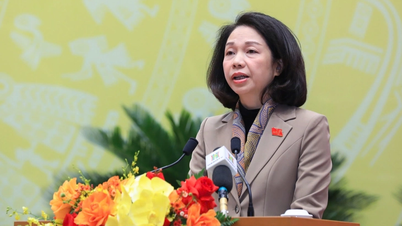



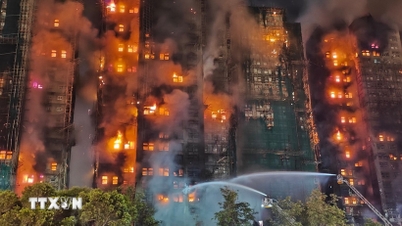


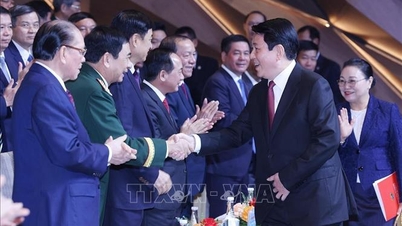







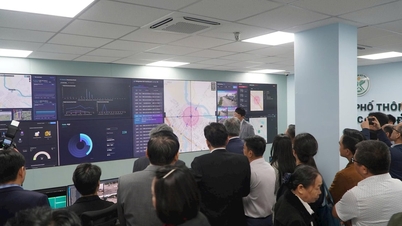
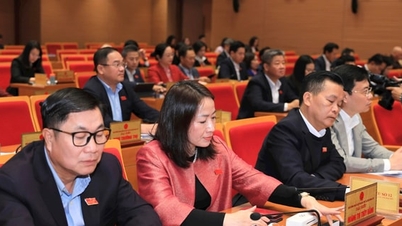




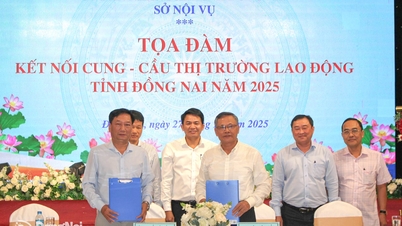

















Comment (0)